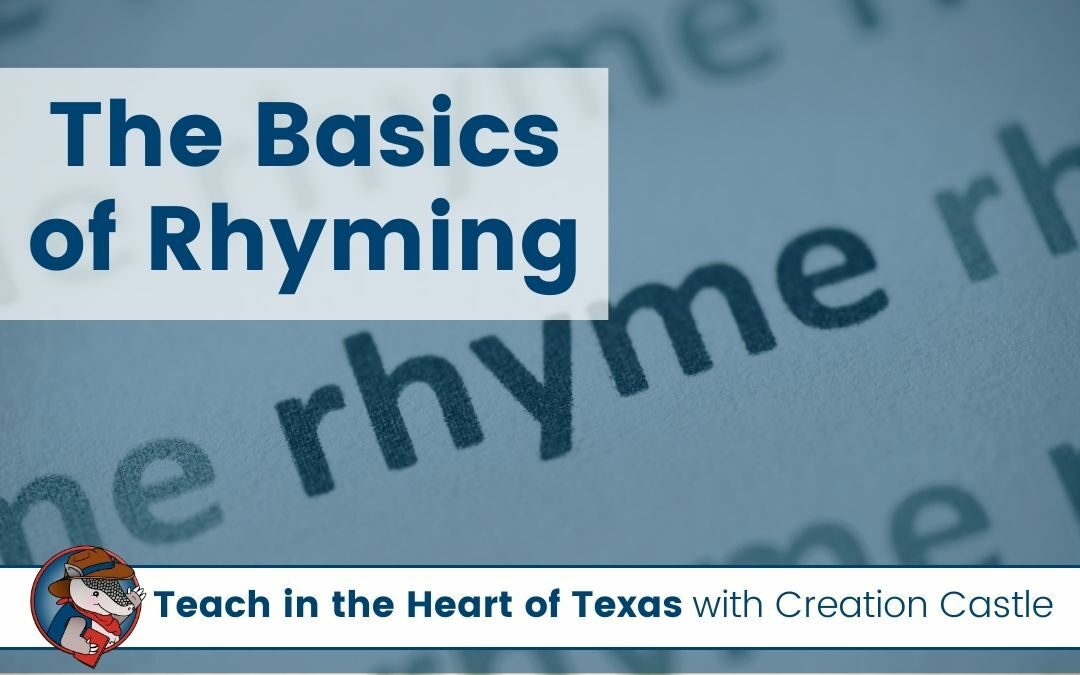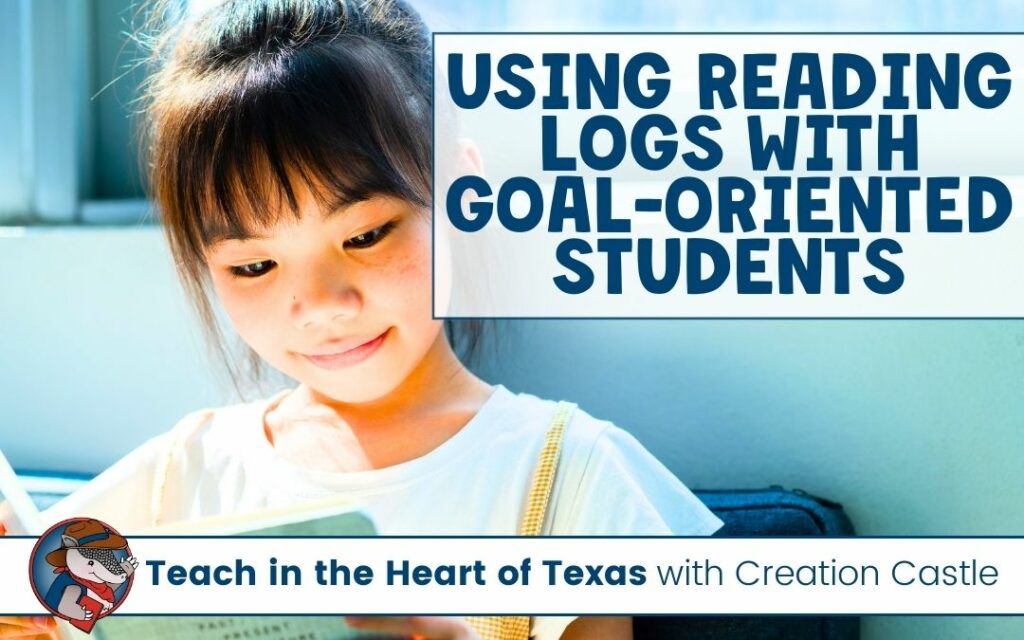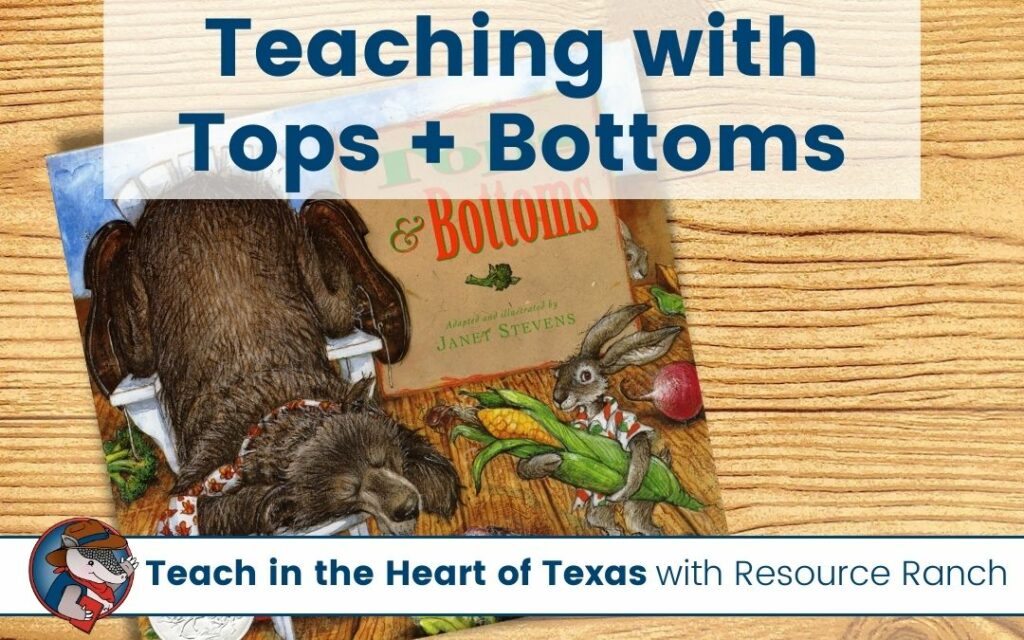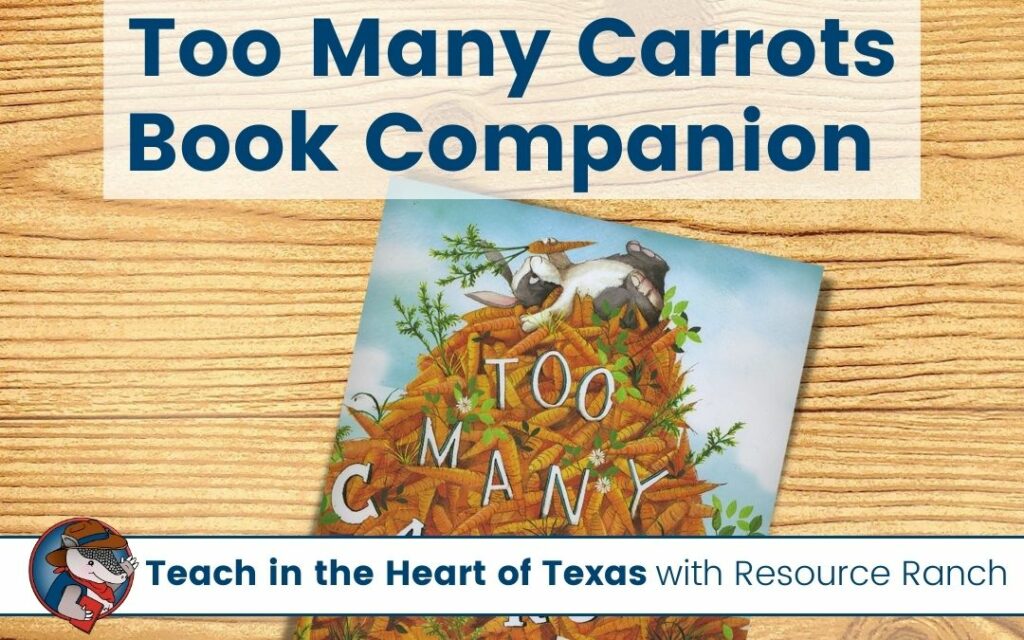Rhyming is an integral part of phonological awareness. It is also one of those skills that students just get… or will need to work hard to master. While rhyming isn’t a necessary skill to learn how to read (like segmenting and blending sounds), it does have many benefits in reading, speaking, and writing. That’s right, students don’t need to know how to rhyme to read, but it makes it so much easier!
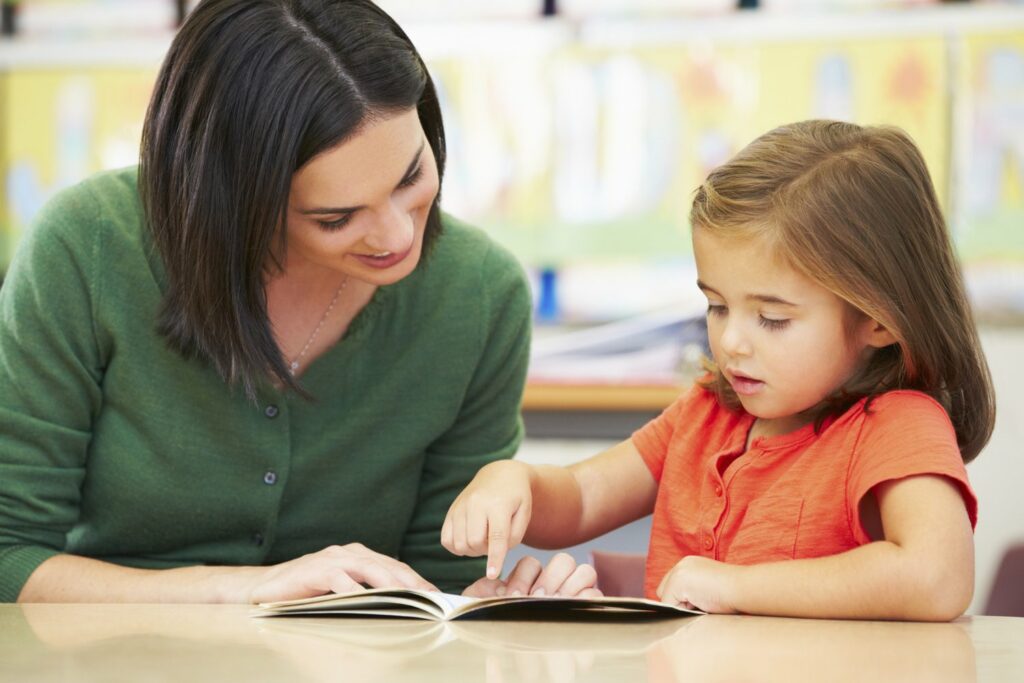
Quick Links
The Importance of Rhyming
At the core of this skill, students are breaking down words to find commonality in their sounds. This skill requires students to segment words and focus on each letter sound carefully. Not only does this help students read words, but it also helps them write words.
When working with rhyming words, students will learn that words that share common sounds will often share common letters as well. While this doesn’t ring true for every pair, it does for many of them. A tool you can give students to become more independent writers is to use spelling knowledge of rhyming words to write unknown words
The Two Skills for Rhyming
When reading your state standards for this skill, you might find that you have two required objectives. For example, the Texas Essential Knowledge and Skills for kindergarten require that students demonstrate phonological awareness by identifying and producing rhyming words.

When you ask students to identify or recognize rhyme, they are passively acknowledging rhymes. Here are a few ways you can do this in the classroom:
- Read Alouds – while reading a story aloud to the class, stop and ask if they heard any rhyming words on the page; the book does not need to focus on this skill – you’ll find nearly every book has a rhyming pair here or there
- Memory – let students play memory with a set of pictures or words; if the overturned pair rhymes they can keep it if they do not rhyme they flip the cards back over
- Question and Answer – ask students: Do cat and bat rhyme? Do shoe and sock rhyme?
When you ask students to produce or generate a rhyme, they are actively creating a rhyme. You can ask students by assisting (e.g., What is a word that rhymes with pig?) or without assistance (e.g., Give me an example of two words that rhyme.)
The Difference Between Rime and Rhyme
Have you heard the phrase all thumbs are fingers, but not all fingers are thumbs? The idea here is relatively similar. All rimes are rhymes, but not all rhymes have rimes! Are you confused yet?
Rhymes are what we hear. They are words that have the same ending sounds. Rimes are what we see. Words that have the same spelling pattern have common rimes – think word families.
Rhymes with different spelling patterns are not helpful tools for word recognition, so they are best used in oral language activities.
Ways to Integrate Rhyming Into Your Day
Learning to rhyme is a foundational step of reading. Quick, daily practice with your students will help them master the skill and help them become better readers and writers.

Creation Castle
Heather is the author of Creation Castle. She has experience with general education, special education, and ESL students in kindergarten through fifth grade. She specializes in early elementary math and literacy, as well as organization.

